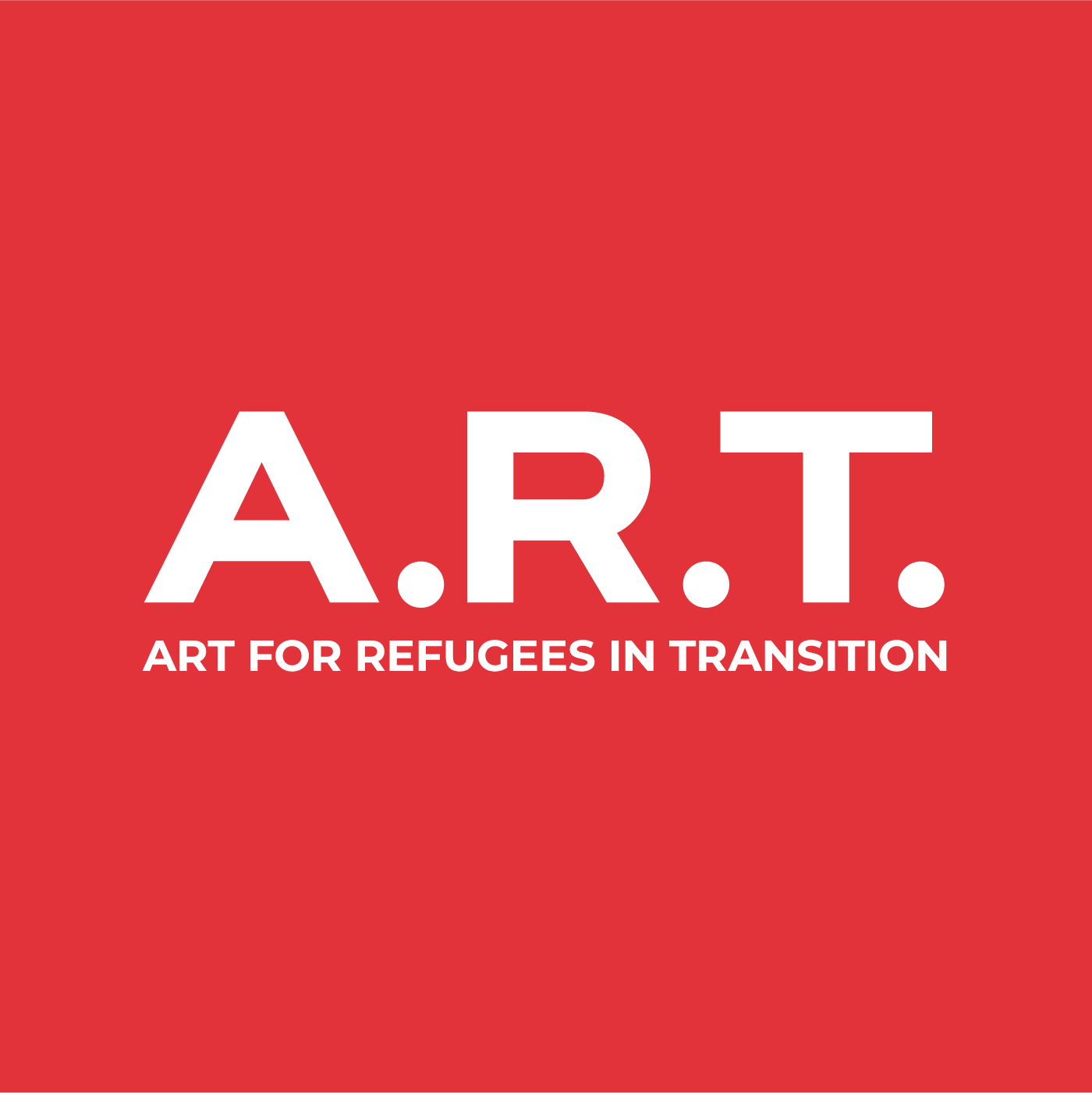I have spent the past few days trying to get the lay of the land, understand the key NGOs and the structure, programs and hierarchy of the IRC in the camps and in the office in Mae Hong Son.
There are currently three camps in the Mae Hong Son region with a total 21,000 persons residing within them, 41% are under the age of 15. The camps were established in 1991 and have grown from 5,000 to over 21,000 by the end of 2002; some of the children have grown up in the camps. Many have moved on and new refugees have arrived.
I learned a lot about the politics around the refugees and the Thai position on Burma. Apparently, Thailand does not recognize most of these refugees as “refugees.” They are seen as illegal immigrants and have no rights. Now, in the camps, the refugees are allowed to have their own grocery stores where they sell their wares to the other refugees. As of March 1, the shops will be closed and will now be run by Thais. I will learn more about this once I visit the camps on Tuesday.
At the moment, there are six NGO’s working within these camps; the IRC, Consortium, and Jesuit Refugee Services (JRS), Catholic Overseas Emergency Rescue and Relief, Handicap International and Burmese Border Consortium. Consortium and JRS provide teaching and educational programs, while the IRC provides health, sanitation, community development and other programs.
After a lunch of papaya salad – very spicy – stir fried veggies with glass noodles, sticky rice and soup (all for a total of 20 baht, that’s 50 cents!!! - the accountant at the IRC office took me there, her mother owns the restaurant), I went for a walk through the town. I found myself in the market. Overwhelmed by the smells, sights and sounds, somehow managed to get lost in this tiny little village.
In the afternoon, I spoke with Lucky, a native Karen. Lucky grew up in Karen state – in what is now Burma - and fled to camp 2 or 3 and has worked with the IRC for the past six years. The IRC provides an internship program for the refugees; they can learn skills and work for the IRC while living in the camps. After several years, the IRC might hire them to work in the local office, allowing them to leave the camps.
The camps are composed of many ethnicities, i.e., Karen, Karenni, Shan, Kayan, Kayaw, Pa-O and Paku. At one point the Karen and Karenni were one people who lived in Mongolia. When they left, they divided into two peoples with different but similar languages and lived in the Karen State. When coordinating the project, I must be aware that it will include all cultures learning simultaneously.
Like the other communities, the Karen traditions of passing on ceremonial and traditional arts, etc. are through the grandparents. These traditions include:
Girls: Weaving, Dancing, Music – making and playing instruments
Boys: Hunting, Dancing, Music – making and playing instruments, Bamboo handicrafts
According to Lucky:
It will be good for the youth and elders/teachers to share and learn each other’s cultures, there shouldn’t be a problem with them learning from each other.
Another idea might be to recruit the elders/teachers from the old age centers, they are the ones who hold on to the culture.
As for religion, it is passed on orally.
By the end of the day, I was exhausted; picked up something to eat from vendors on the street, bought a beer and settled into the little area in front of my bungalow. Ah, paradise.
